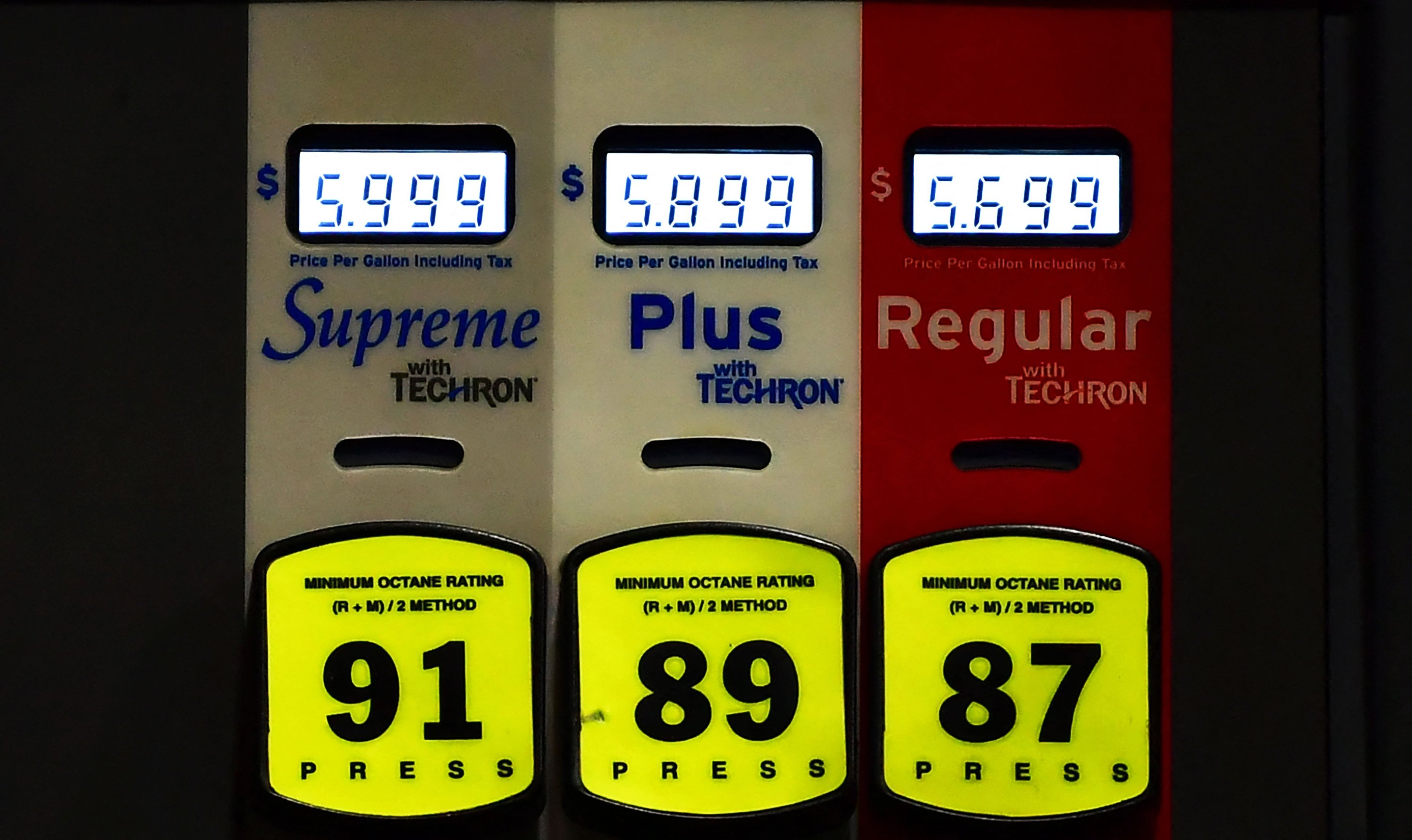Browsing the Oil Rate Rollercoaster: Techniques for Gas Oil Users
Navigating the Oil Price Rollercoaster: Strategies for Gas Oil Users supplies a comprehensive overview for individuals and organizations seeking to take care of the ever-changing landscape of oil costs. With the unpredictable nature of the international oil market, gas oil customers must create efficient techniques to minimize dangers and maximize their energy prices. This overview uses understandings into understanding oil price changes, checking out hedging options, making the most of fuel efficiency, and diversifying energy sources. In addition, it reviews long-term techniques for attaining stability in oil rates. By embracing these strategies, gas oil customers can improve their capacity to make informed choices, adapt to market problems, and effectively manage their gas costs. This expert overview works as an important source for anybody looking for to browse the complexities of the oil cost rollercoaster.
Understanding Oil Price Fluctuations
Understanding the aspects behind oil rate variations is important for fuel oil users to make educated decisions. Oil costs are influenced by a wide range of aspects, consisting of supply and demand dynamics, geopolitical tensions, economic development, and market speculation. By gaining a much deeper understanding of these variables, gas oil customers can much better respond and anticipate to price changes, ultimately minimizing costs and making the most of performance.
Supply and demand characteristics play a considerable duty in oil rate variations. When supply surpasses demand, oil costs have a tendency to lower, while when need outstrips supply, prices climb. Aspects such as production degrees, inventories, and refinery capacities all influence the balance between supply and need. Geopolitical tensions can additionally interrupt oil markets, resulting in rate volatility. Problems in oil-producing regions or disruptions in supply courses can create spikes in costs.
Furthermore, financial development and market supposition can affect oil prices. fuel oil prices long island. Throughout durations of robust financial growth, oil demand has a tendency to increase, pushing prices higher.
Hedging Options for Fuel Oil Individuals

Making Best Use Of Gas Performance
To maximize gas effectiveness, fuel oil users can apply strategies that focus on making the most of the mileage per gallon. Making use of different fuel sources like biodiesel or all-natural gas can be checked out as they typically offer better gas mileage per gallon compared to conventional gas oil. By applying these methods, fuel oil customers can minimize their gas intake and enhance their overall gas efficiency.
Expanding Your Energy Sources
One reliable means to mitigate the influence of varying oil prices is by expanding energy resources. Relying only on fuel oil can leave services and individuals vulnerable to rate volatility and supply disruptions. By expanding energy resources, users can lower their reliance on oil and possibly lower their total energy expenses.
There are several options to sustain oil that can be thought about for diversification functions. Renewable resource resources, such as solar and wind power, have ended up being accessible and increasingly popular in the last few years. These sources provide a sustainable and tidy power solution that can help in reducing greenhouse gas emissions and reliance on nonrenewable fuel sources.
Another choice to take into consideration is natural gas. Gas is a cleaner-burning gas contrasted to oil and can give an affordable option. It is extensively available and can be used for heating, power generation, and transportation.
Furthermore, checking out power effectiveness procedures can help in reducing overall power consumption and reliance on any type of solitary energy resource - cod oil prices. This can include executing energy-efficient innovations, maximizing processes, and improving insulation
Diversifying energy sources not just gives a barrier versus oil rate fluctuations but also adds to a more resistant and lasting power system. It can use financial advantages, decrease environmental impact, and ensure a stable and reliable power supply.
Long-Term Techniques for Oil Price Stability
An essential factor to consider for fuel oil customers is establishing long-term techniques to make sure security in oil costs. While oil costs are notoriously unpredictable, there are numerous techniques that can help mitigate the impact of price fluctuations and provide more security for fuel oil users.
One lasting approach is to participate in hedging agreements. Hedging includes becoming part of a financial agreement, such as a futures contract, that enables fuel oil users to secure a particular price for future acquisitions. By hedging, users can safeguard themselves versus prospective cost boosts and ensure a constant supply of fuel oil at a fixed expense.

Additionally, diversifying the power resources used can assist to maintain oil costs. By including renewable energy resources, such as solar or wind power, gas oil individuals can minimize their dependence on oil and produce a much more balanced energy profile. This not just supplies cost stability but also adds to ecological sustainability.
Verdict
Finally, gas oil individuals can navigate the oil price rollercoaster by recognizing oil rate changes, using hedging options, making the most of fuel performance, and he said branching out energy resources. By applying long-lasting techniques for oil cost stability, users can minimize the influence of price volatility and ensure an extra lasting and steady power intake.
Navigating the Oil Rate Rollercoaster: Techniques for Gas Oil Individuals provides a thorough guide for people and services seeking to manage the ever-changing landscape of oil costs.Understanding the variables behind oil price variations is vital for gas oil individuals to make enlightened decisions. Gas oil users can use various hedging alternatives to mitigate the dangers associated with oil cost variations. On the whole, fuel oil customers must very carefully assess their threat tolerance and monetary objectives when selecting hedging options to efficiently take care of site oil price changes.
By lowering energy usage and boosting efficiency, fuel oil users can reduce their total demand for oil, therefore lowering their my latest blog post direct exposure to price changes.